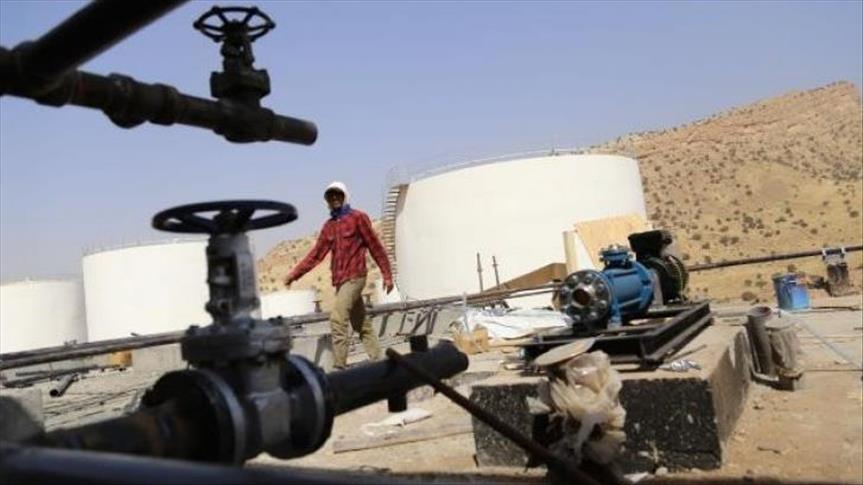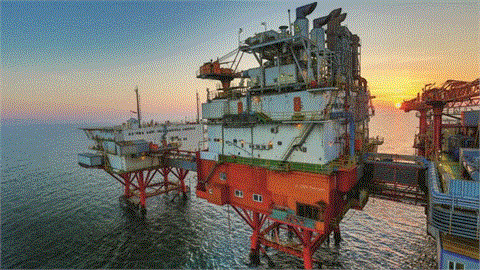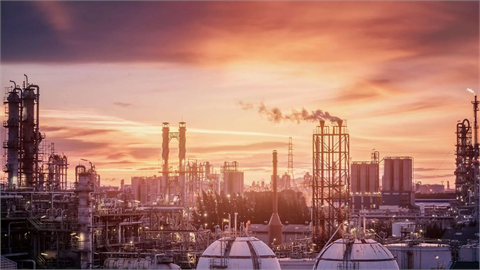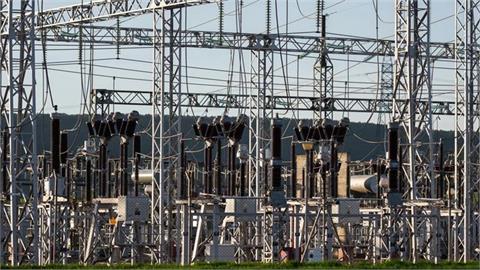Natural gas plant liquids (NGPL) production in the U.S. is forecast to continue growing between 2018 and 2050, the country's Energy Information Administration (EIA) said in a statement on Thursday.
Natural gas plant liquids (NGPL) production in the U.S. is forecast to continue growing between 2018 and 2050, the country's Energy Information Administration (EIA) said in a statement on Thursday. The U.S.' NGPL production is estimated to grow by 32 percent, from around 4.4 million barrels per day (mbpd) in 2018 to 5.8 mbpd in 2050, according to the EIA. Most of the increase in NGPL production in the U.S. is expected to come from the country's east, specifically the Appalachian Basin located in the states of Ohio and Kentucky; and from the country's southwest, especially the Permian Basin in the states of Texas and New Mexico, the EIA said. "Given projected crude oil and natural gas prices, producers are expected to focus on liquids-rich plays, and NGPL-to-gas ratios are highest in these areas," the statement said.
-Production depends on oil prices
The EIA said NPGL production in the country depends on crude oil prices. The administration's estimate of 5.8 mbpd NPGL production by 2050 is based on its reference case, in which the price of Brent crude is expected to average $108 per barrel by that year. If oil prices are high, and assumed to reach $212 per barrel by 2050, then NGPL output is expected to reach as high as 6.3 mbpd by 2050, according to the EIA. On the other hand, if oil prices are low, at around $50 per barrel by 2050, then NGPL production is forecast to average less than 5.1 mbpd from 2019 through 2050, it added.
-Where NGPLs are used?
NGPLs are light hydrocarbons produced together with natural gas, and recovered at natural gas processing plants. Crude oil refining also yields these hydrocarbons. Such hydrocarbons include ethane, propane, normal butane, isobutane, and natural gasoline, according to the EIA. NGPLs are mostly used as feedstocks in the chemical industry, while ethane is used exclusively for producing petrochemicals. Around 40 percent of propane is used for petrochemicals and 60 percent is used for heating, grain drying, and transportation. Approximately 67 percent of butanes and natural gasoline are used for blending with motor gasoline and fuel ethanol, while the remaining is used for petrochemicals and solvents.




